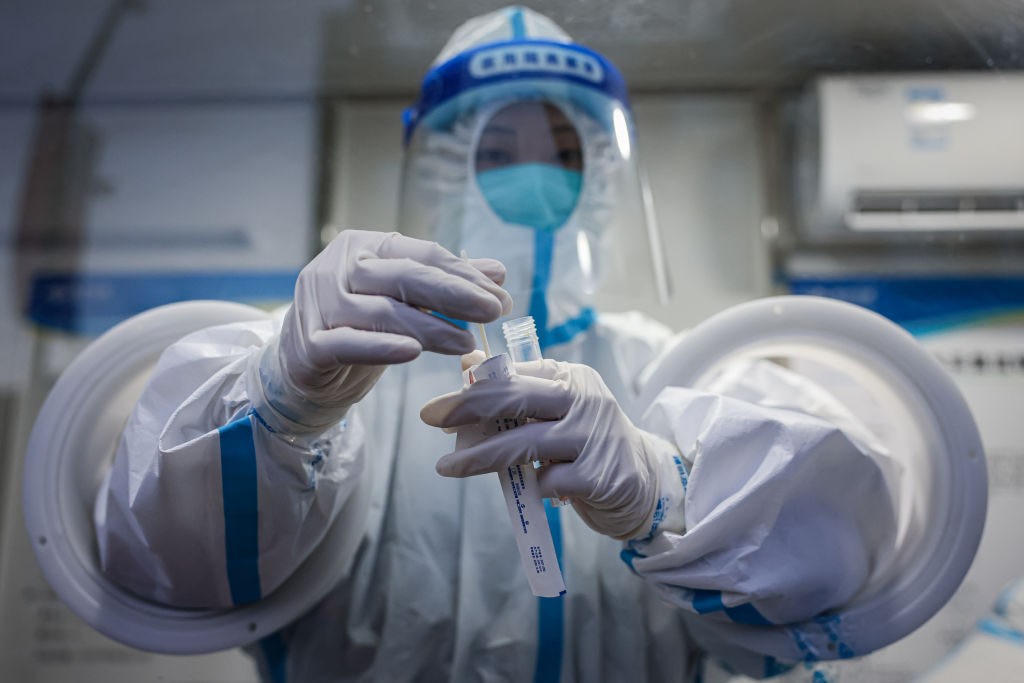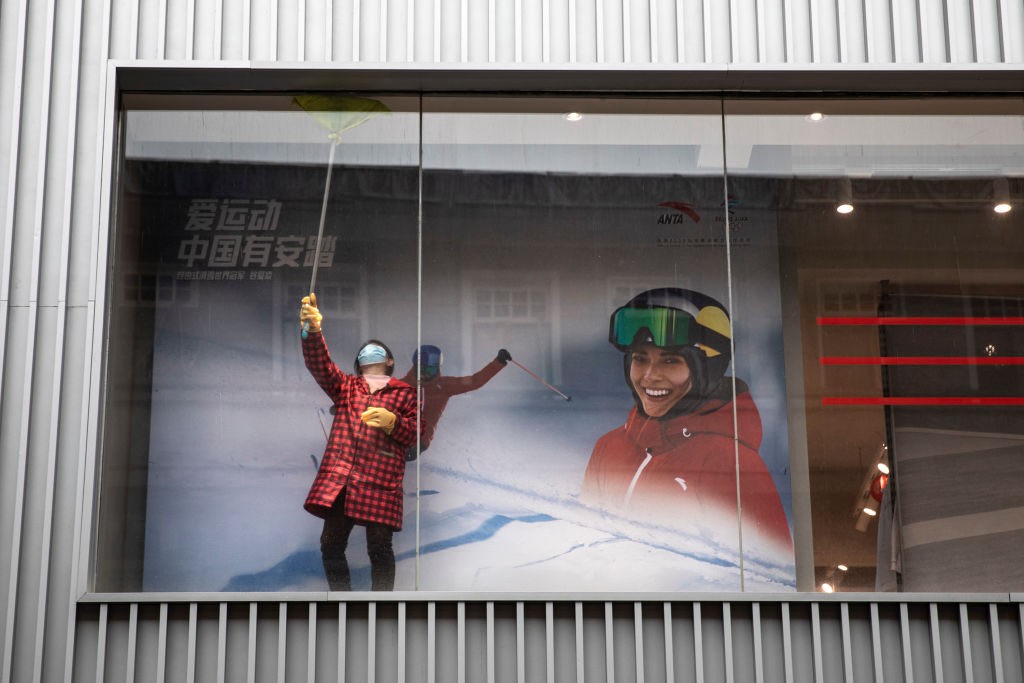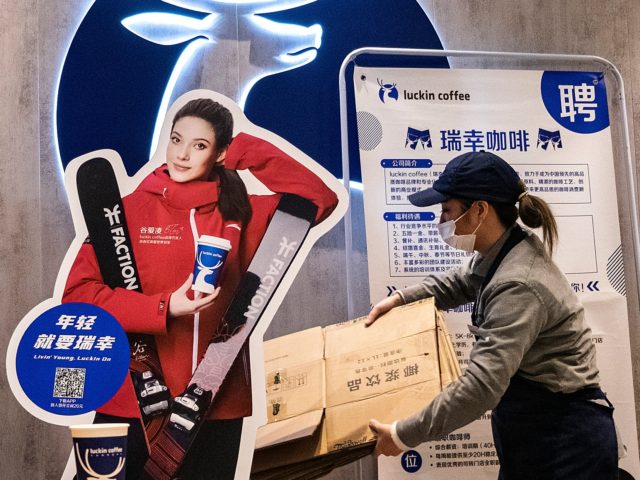Brian McCloskey, the chief medical expert of the 2022 Winter Olympics, told reporters on Tuesday “there is no sign of virus transmission” inside Beijing’s “closed loop” system for the Games despite a report by NBC News on Tuesday revealing 48 athletes and trainers have tested positive for coronavirus while inside the Olympic bubble.
“The situation inside the closed loop is safe and there is no sign of virus transmission, which can be said to have met our expectations,” McCloskey said at a press conference on February 8, as quoted by China’s state-run Global Times.
“[T]he closed-loop is based on science and will not let down our guard against the virus,” he added.
At least 48 people, among them athletes and trainers, have tested positive for the Chinese coronavirus while inside the “closed-loop” management system according to a February 8 report by NBC News. Of these positive cases, 32 are athletes currently in isolation as part of a mandatory seven-day quarantine, Time magazine reported on February 8.
NBC Universal possesses the exclusive rights to broadcast the Beijing Olympics in America.

A medical staff in personal protective equipment prepares to collect a daily mandatory COVID-19 swab sample from members of the media on February 04, 2022 in Beijing, China. (Annice Lyn/Getty Images)
Beijing designed the “closed-loop” management system as a theoretical bubble to keep Games participants virus-free for the duration of the 2022 Winter Olympics, which began on February 4 and will continue through February 20. To create a separate Olympic ecosystem, local health officials in Beijing “screen all international athletes, team officials, Games staff and members of the media upon arrival at the airport before they enter the closed loop,” NBC News detailed on Tuesday.
“Olympics officials say 106 positive COVID-19 [Chinese coronavirus] cases were identified in athletes and team staff at the airport, preventing them from entering the closed loop and putting them in quarantine,” according to the news outlet.
“The 48 cases of coronavirus within the closed loop system have forced athletes out of competitions as they’re required to isolate until they take two negative PCR tests in a row,” NBC News detailed.

A cleaner wipes a glass window near the billboard of freestyle skiing gold medalist Eileen Gu who competes for China At Anta store on February 9, 2022 in Wuhan, Hubei, China. (Photo by Getty Images)
Beijing health officials previously detected 119 Chinese coronavirus cases among individuals “involved” in the 2022 Winter Olympics over a four-day period spanning January 27 to January 31.
“During the past four days China has detected 119 COVID-19 [Chinese coronavirus] cases among athletes and personnel involved in the Beijing Winter Olympics,” Reuters reported on January 31.
“The tally from the weekend showed 37 new cases on Sunday [January 30], and 34 on Saturday [January 29], with most testing positive after arrival at the airport,” the news agency relayed, citing statements by Olympics organizers.
Reuters did not clarify exactly how many positive cases were detected at the Beijing airport(s) used by Olympic-associated personnel versus the number of infections recorded in people already inside the closed-loop. The report indicated that at least some of the 119 coronavirus cases detected in people associated with the Olympics in late January were discovered after the individuals had already entered the bubble.
Chinese officials have recorded a total of 273 coronavirus cases among personnel associated with the 2022 Winter Olympics according to a combined tally of infections documented by Reuters (119) on January 31, and NBC News (48 and 106) on February 8. This figure counts positive tests upon arrival at Beijing airports and those detected inside the bubble.

COMMENTS
Please let us know if you're having issues with commenting.